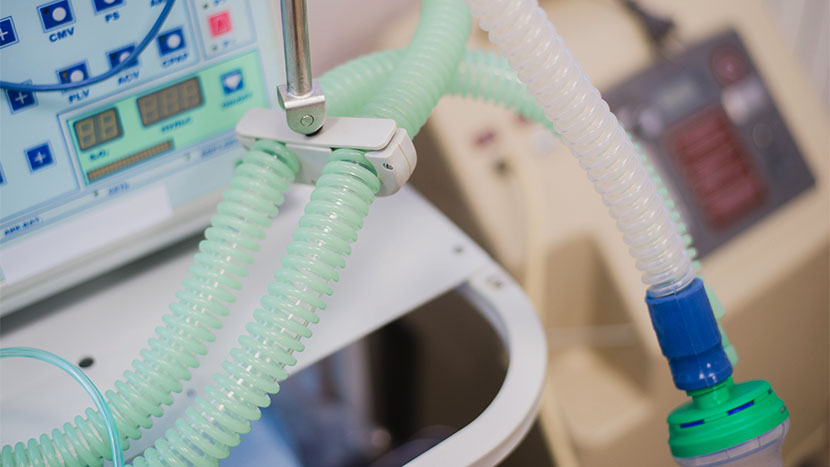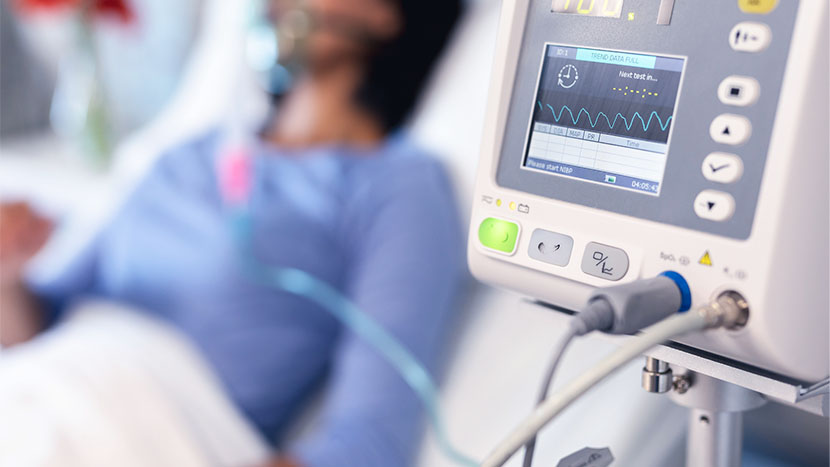Understanding the Function and Importance of Respiratory Equipment
Breathing is one of the most fundamental processes of life, essential for sustaining human existence. When the natural rhythm of breathing becomes compromised due to medical conditions or environmental factors, respiratory equipment steps in to support or improve this vital function. From simple devices like oxygen masks to sophisticated ventilators, these tools play a vital role in maintaining respiratory health.
In this article, we’ll take a closer look at the workings of breathing and explore how respiratory equipment assists individuals in various conditions.
Respiratory Machines – Function and Importance
The Physiology of Breathing
Before delving into respiratory equipment, it’s essential to understand the mechanics of breathing. The respiratory system consists of organs and structures responsible for taking in oxygen and expelling carbon dioxide.
The process involves the following steps:
Inhalation
During inhalation, the diaphragm contracts and moves downward while the intercostal muscles between the ribs expand the chest cavity. This expansion decreases pressure in the lungs, causing air to rush in through the nose or mouth.
Gas Exchange
Oxygen from the inhaled air passes through the alveoli (tiny air sacs in the lungs) into the bloodstream, where it binds to hemoglobin in red blood cells.
At the same time, carbon dioxide, a waste product of metabolism, diffuses from the bloodstream into the alveoli to be exhaled.
Exhalation
Exhalation is a passive process where the diaphragm and intercostal muscles relax, causing the chest cavity to decrease in size. This increase in pressure within the lungs expels carbon dioxide-rich air out of the body.
Respiratory Equipment
Respiratory equipment includes a wide range of devices designed to assist individuals with breathing difficulties or respiratory disorders.
These devices serve various purposes, including delivering supplemental oxygen, providing airway support, and assisting with ventilation.
Let’s explore some common types of respiratory equipment and how they function:
Oxygen Concentrators
Oxygen concentrators are devices that extract oxygen from the surrounding air and deliver it to the user at higher concentrations.
They work by pulling in air from the environment, removing nitrogen through a filtration process, and delivering purified oxygen through a nasal cannula or mask.
Oxygen concentrators are commonly used to treat conditions such as chronic obstructive pulmonary disease (COPD) and hypoxemia.
Nebulizers
Nebulizers are devices that convert liquid medication into a fine mist that can be inhaled into the lungs.
They are often used to administer bronchodilators, corticosteroids, or other medications to individuals with asthma, chronic bronchitis, or cystic fibrosis.
Nebulizers work by using compressed air or ultrasonic vibrations to break down liquid medication into tiny particles, making it easier to inhale.
Ventilators
Ventilators, also known as mechanical ventilators or respirators, are critical care devices that provide breathing support to patients who are unable to breathe adequately on their own.
These machines deliver controlled amounts of air (with or without supplemental oxygen) to the lungs through an endotracheal tube or mask.
Ventilators can be programmed to deliver specific breathing patterns, tidal volumes, and oxygen concentrations tailored to the patient’s needs.
Continuous Positive Airway Pressure Machines
CPAP machines are commonly used to treat obstructive sleep apnea disorder, a condition that is characterized by repetitive pauses in breathing that occur during sleep.
These devices deliver a continuous flow of air through a mask worn over the nose or nose and mouth, preventing the airway from collapsing and maintaining an open passage for breathing.
CPAP therapy helps improve airflow, reduce snoring, and promote restful sleep.
Importance of Proper Functioning and Legal Considerations
While respiratory equipment plays a vital role in supporting individuals with breathing difficulties, it is crucial for these machines to work properly to ensure patient safety and well-being.
Unfortunately, instances of equipment malfunctions or defects can have severe consequences, highlighting the critical need for strict quality control measures and regulatory oversight.
Philips CPAP Machine Lawsuit
A recent example of the potential harm caused by defective respiratory equipment is the Philips CPAP machine lawsuit. In June 2021, Philips, a leading manufacturer of CPAP machines, issued a recall for millions of devices due to potential health risks associated with the degradation of foam used in the machines.
The foam, which is intended to dampen sound and vibration, was found to deteriorate over time, releasing harmful particles and gasses that could be inhaled by users, potentially causing respiratory issues and other health problems.The Philips CPAP machine recall underscores the importance of regular maintenance, monitoring, and prompt action in addressing equipment recalls or safety alerts.
Individuals who rely on respiratory equipment must be vigilant in ensuring that their devices are functioning correctly and should promptly respond to any warning signs or notifications from manufacturers or healthcare providers.
Pursuing Legal Action
In cases where individuals have been harmed by Phillip’s defective respiratory equipment, seeking legal assistance may be necessary to pursue justice and compensation for damages incurred. Legal professionals specializing in product liability and medical malpractice can help affected individuals navigate the complexities of filing a lawsuit against Phillips. When pursuing legal action, it is essential for affected individuals to gather evidence, including medical records, documentation of device defects or failures, and any communication with manufacturers or healthcare providers regarding equipment issues.
Additionally, consulting with an experienced attorney can provide valuable guidance and support throughout the legal process, ensuring that the rights of the injured party are protected and advocating for fair compensation for medical expenses, lost wages, pain and suffering, and other damages.
Conclusion
Breathing and respiratory equipment play a crucial role in maintaining respiratory health and improving the quality of life for individuals with breathing difficulties or respiratory disorders. Whether it’s providing supplemental oxygen, administering medication, or assisting with ventilation, these devices serve as lifelines for many people worldwide. Understanding how respiratory equipment works is essential for healthcare professionals, caregivers, and individuals managing respiratory conditions, ensuring safe and effective use to optimize respiratory function and overall well-being.
Additionally, the proper functioning of respiratory equipment is paramount for the health and safety of individuals with breathing difficulties. Instances of equipment defects or malfunctions, such as the Philips CPAP machine recall, highlight the potential risks associated with relying on medical devices.


































































































